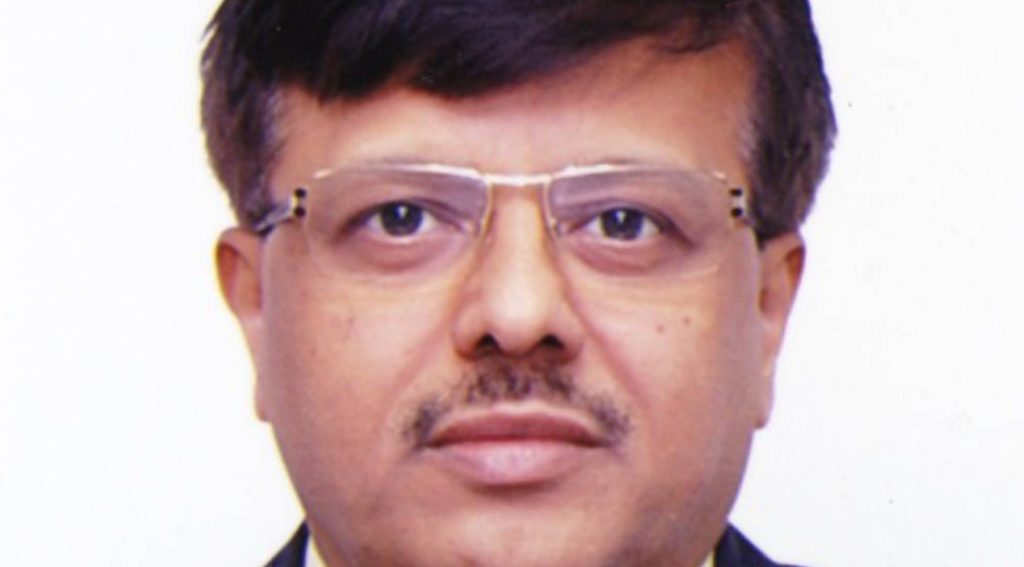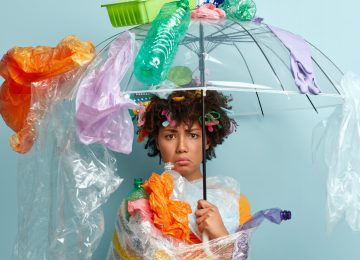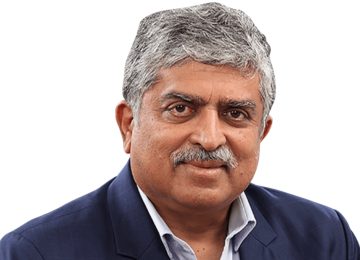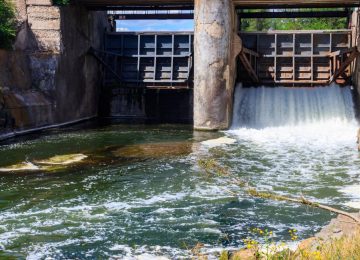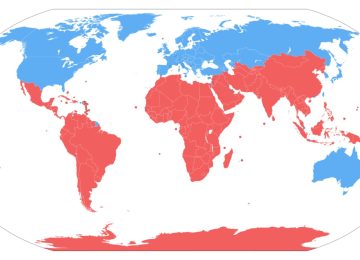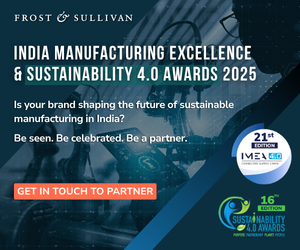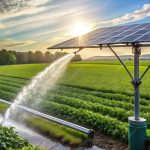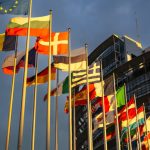The poor implementation of women’s welfare schemes stems from a lack of awareness, gender-disaggregated data, and insufficient design. Mr. SS Bhat, Chief Executive Officer, Friends of Women’s World Banking, India, highlights the need to evaluate the delivery channels of financial service providers in an interview with Sonal Desai, Managing Editor, ESGnews.earth.
Edited excerpts:
The government has rolled out policies for women’s empowerment. Besides the 33 percent reservation, I am not seeing much impact. Is it a lack of will? Or a lag in capacity building?
Though many welfare schemes, programs, and policies exist for women entrepreneurs, awareness and access to such schemes are skewed and poorly realized.
For instance, despite the fact that many welfare programs have been discontinued, they still appear on government websites. Secondly, the majority of these programs lack gender-disaggregated data and are poorly tracked. Furthermore, end users’ (women stakeholders’) needs are not adequately taken into account during the design phase.
Besides, poor access to welfare schemes is due to various factors, including documentation complexity, lack of transparency about loan rejection, lack of formal ownership, poor formalization, lack of digitalization, and low incentive alignment among bank staff to promote schemes.
For the schemes to be implemented smoothly, the advantages and disadvantages of the various FSPs’ delivery channels must also be carefully evaluated.
Corporate policies drive DEI initiatives in India. Globally, many organizations are clamping down on their DEI policies due to political pressure. Do you see this impacting lending to the women-led social sector in India?
Diversity, equity, and inclusion (DEI) initiatives not only affect the corporate sector; they also impact entrepreneurship, agriculture, and the services sectors. Lending to women-led social sectors in India really gets affected if the DEI policies are not followed.
The Indian government and the Reserve Bank have implemented regulations imposing minimum achievement requirements for various categories, including women, weaker sections, microenterprises, and smallholder farmers. The top-tier customers benefit from DEI, while the bottom-tier clients are left behind, resulting in a lack of real benefit.
To fully benefit from DEI, it is crucial to focus on capacity building, financial literacy, credit literacy, and documentation standards for all classes of people.
Organizations like NABARD’s Nabsamruddhi and HER KEY are crucial for women’s grassroots work, driving women-led policies, and serving unbanked or underbanked women with innovative business models. How does WFFB’s business model enable increased women’s participation?
FWWB empowers low-income women through capacity building and credit support, focusing on financial literacy, digital literacy, business management, accounting, profitability understanding, and mobile payment platforms like GPay, PhonePe, Paytm, and Bhim.
Women entrepreneurs in India are assisted in registering for government benefits, linking to external markets, using social media for branding, and using apps like Mera Bills and Khata Book for transaction recording.
FWWB provides catalytic credit support for nascent organizations, using alternative scoring models to assess credit-absorbing capacity.
In addition to offering women’s enterprise loans, we also offer water and sanitation loans to women who live in remote areas where credit is difficult to obtain. In order for women to comprehend the significance of alternative energy sources, clean technology, and environmentally friendly energy adoptions, solar initiatives are also funded through them.
Additionally, we give farmer producer organizations, or FPOs, credit so that smallholder farmers can benefit from input supply and aggregation, as well as advisory services that mainstream gender in this context. When women make up the majority of the members and more than one-third of the Board of Directors, we offer interest incentives. Our current focus is on supporting FPOs with a majority of female members, women-led FPOs, and all-female FPOs.
We also foster partnerships with grassroots organizations or MFIs to empower more women.
What are the three to five priorities for WFFB for India in the next 3-5 years?
Our priorities are well-defined, and we continue to concentrate on the following areas:
i. Earnings and entrepreneurship growth among nano entrepreneurs and low-income women.
ii. Increasing the ability of farmers, FPOs, and those engaged in climate-resilient agriculture (climate action or developing models for climate-smart agriculture).
iii. Through partner institutions, catalytic credit support is provided for women entrepreneurs, water and sanitation projects, solar initiatives, and climate-smart agriculture.
iv. The institutional strengthening of social enterprises, NGOs, FPOs, and MFIs that are working together to develop solutions for the aforementioned activities.
v. Affecting 50,000 female entrepreneurs, 250,000 female farmers, 100 social enterprises operating in this field, and 5,000 loans for solar and water and sanitation projects. implementing climate-resilient activities and natural farming methods on 15,000 acres of farmland.
Which types of collaborations will you consider to accomplish the objective? What are the key attributes WFFB seeks in probable partners??
We will form organic and inorganic partnerships to achieve our goals, refining our practices in women entrepreneurship, agriculture, climate change, and enterprise finance.
We plan to collaborate with agencies, fintech players, P2P lenders, banks, and DFIs to provide comprehensive support and technology solutions to underserved segments.
The partners must align with our mission to support low-income women, smallholder farmers, and innovative finance solutions for new customers and nascent organizations struggling with credit access.
Blending credit with capacity building enhances income levels for end clients while also focusing on remote and inaccessible areas to benefit deprived classes.


